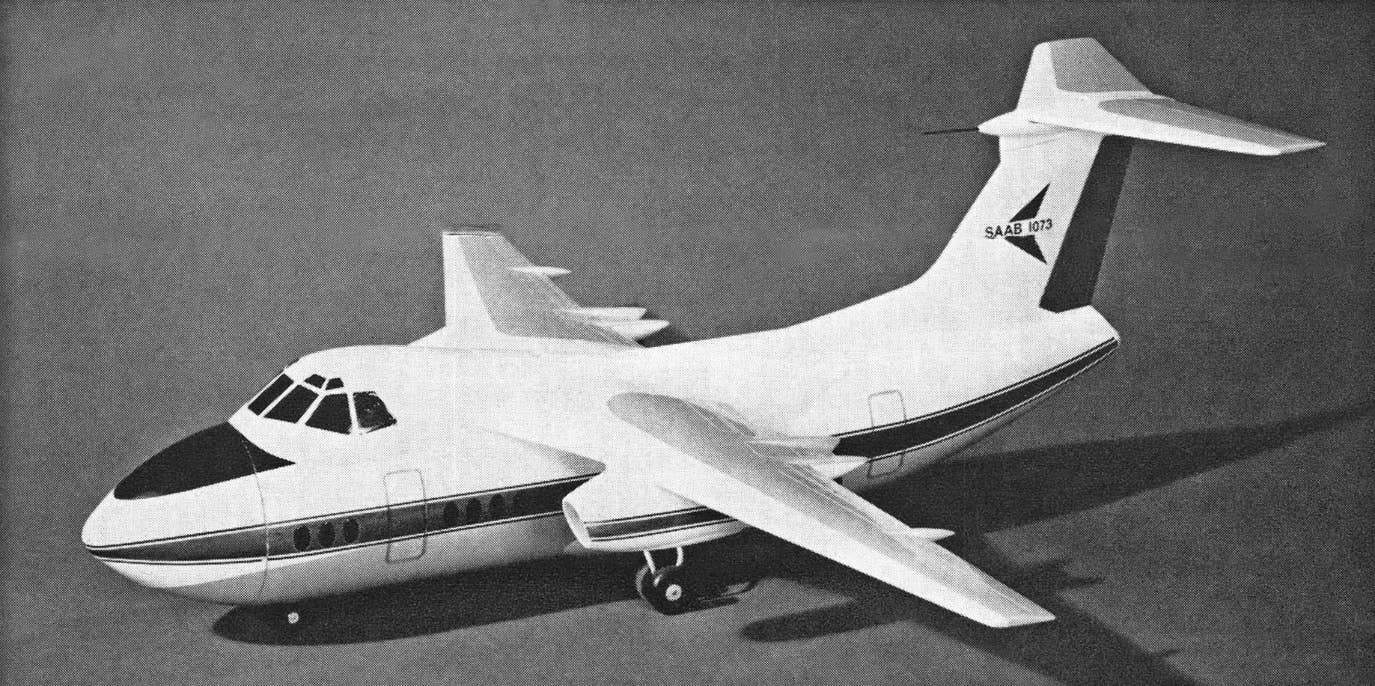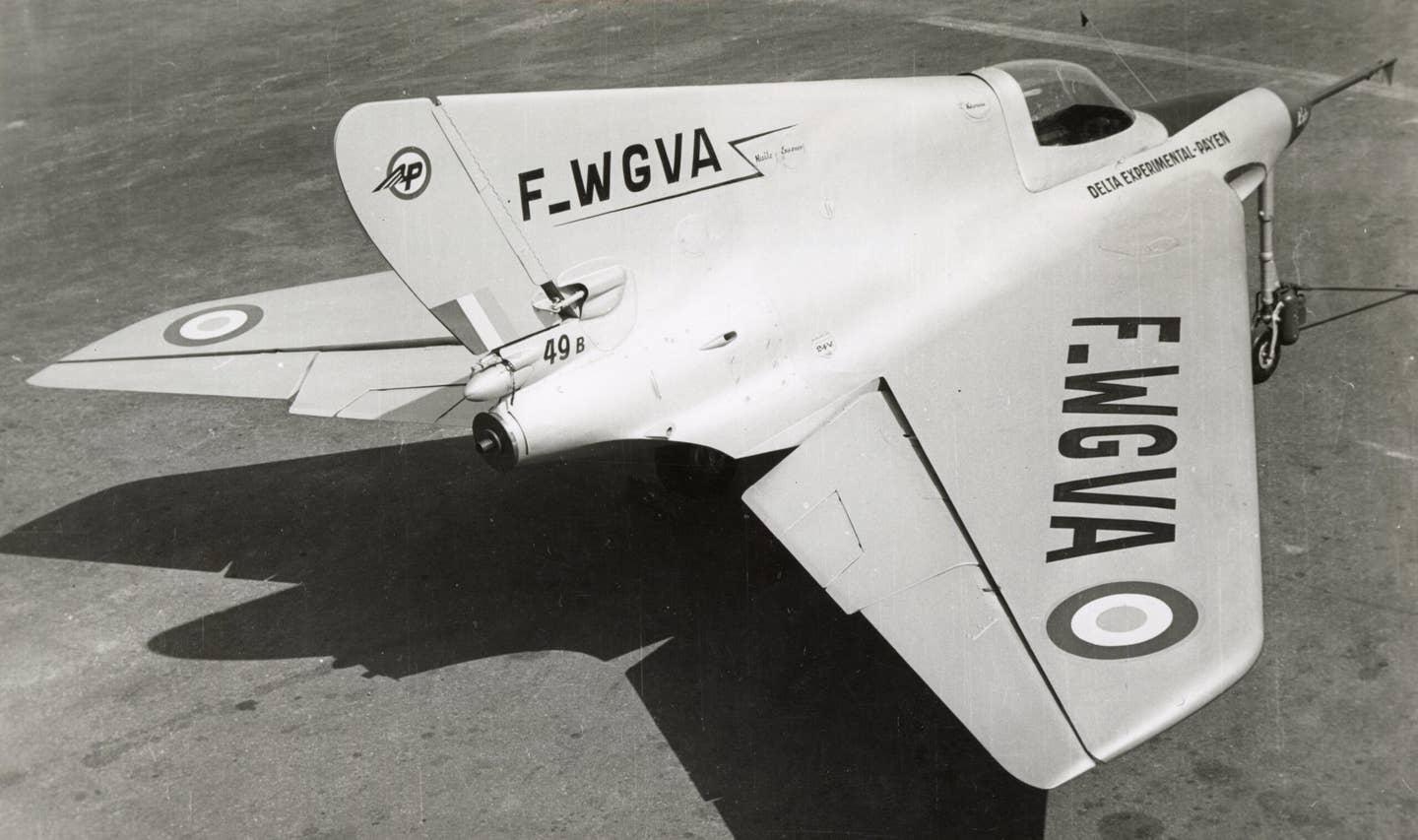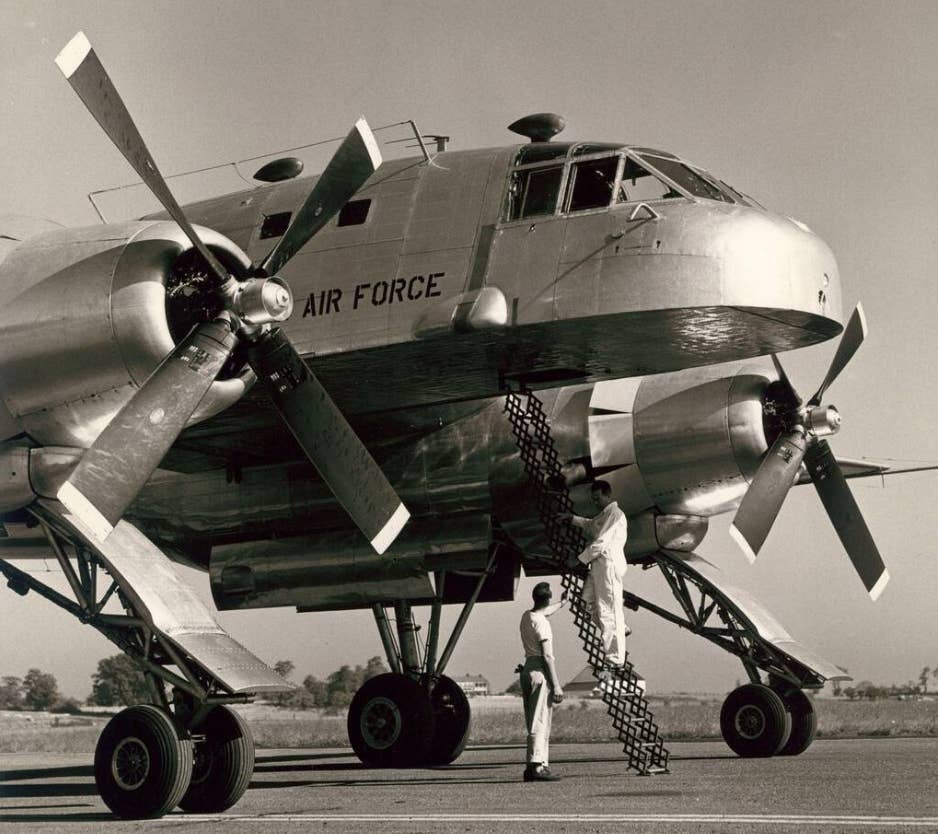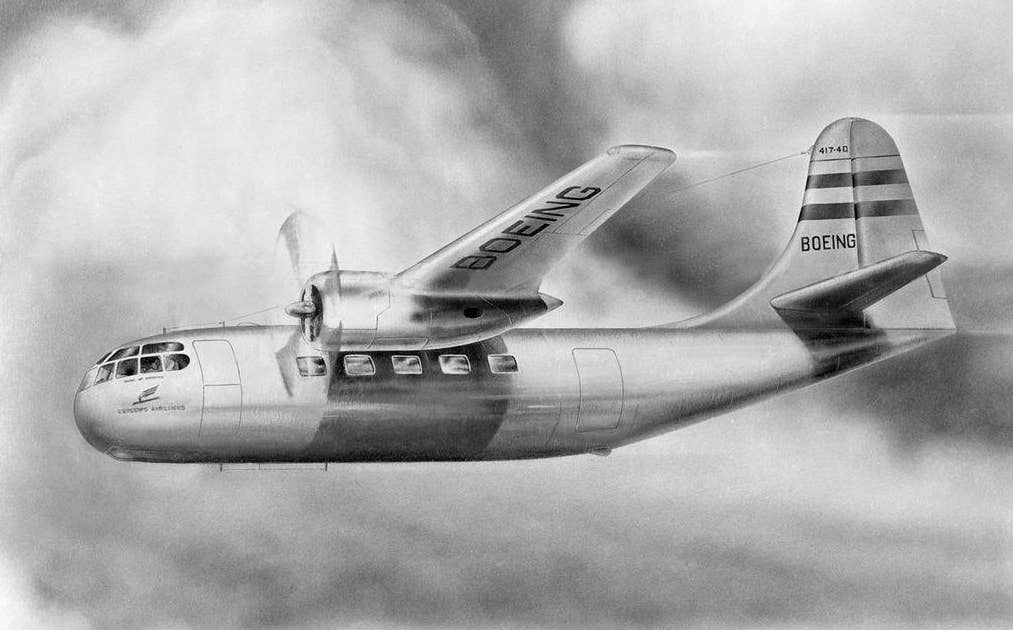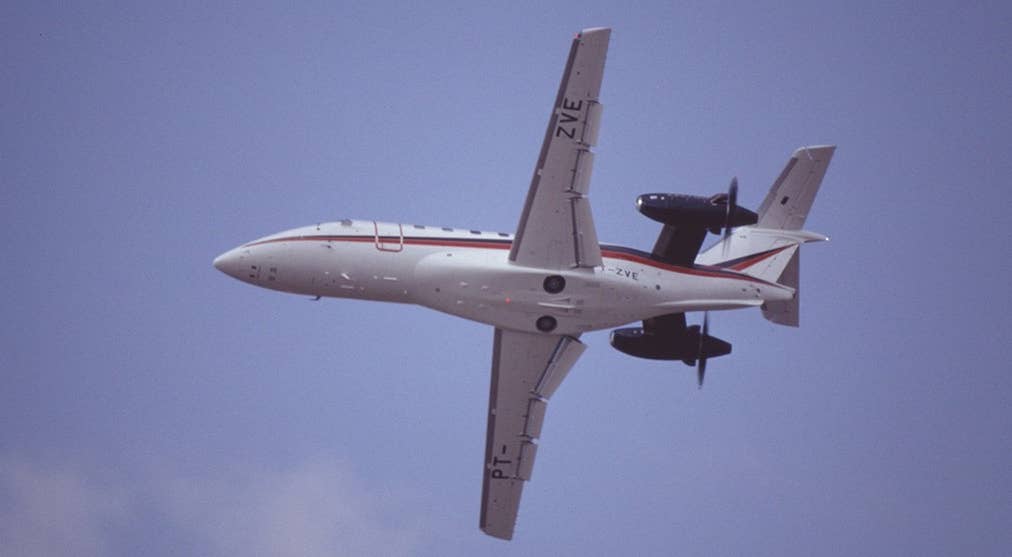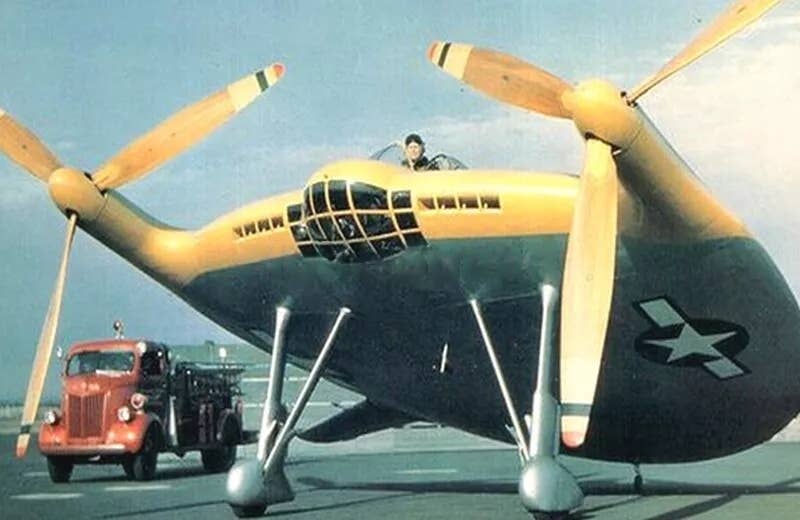The Unfulfilled Promise of the Fairchild T-46
The modernized trainer developed for the U.S. Air Force in the 1980s was meant to replace the aging fleet of Cessna T-37 ’Tweets.’
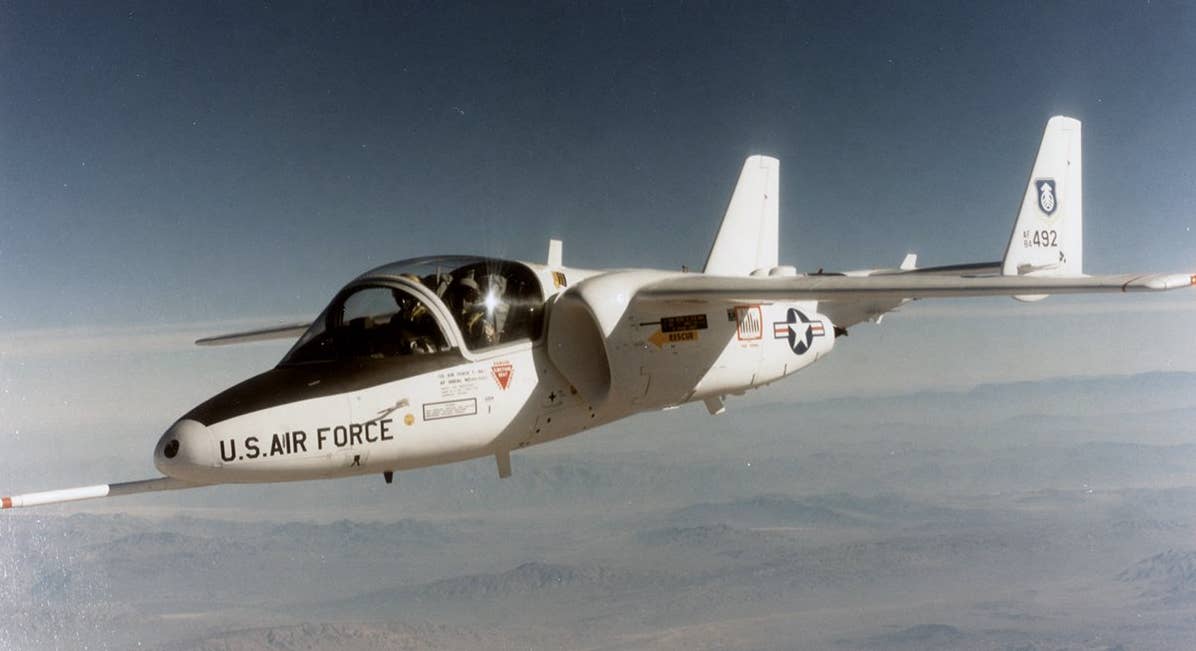
Essentially a modernized T-37 with pressurization, the Fairchild T-46 was positioned for success until its ultimate cancellation. [Courtesy: Edwards Air Force Base History Office]
Since its introduction in 1957, the trusty Cessna T-37 “Tweet” had served the U.S. Air Force well.
It fulfilled primary trainer duties for more than 20 years and was modified to serve as a light ground attack aircraft in the form of the A-37 Dragonfly. However, as the 1980s approached, so did the end of the T-37’s projected life cycle, and military leaders determined a more modern replacement was needed.
Among the items on the Air Force’s wish list were cabin pressurization, increased range, lower fuel consumption, increased power, and updated avionics. In 1981, a request for proposal (RFP) was issued for a replacement. Several companies responded, but ultimately, Fairchild was chosen, and its proposed aircraft was given the designation T-46.
- READ MORE: The Bold, Bulbous Douglas Cloudster II
Compared to the T-37, the T-46 was nearly identical in external dimensions with similar empty and maximum weights. The most significant visual differences were the T-46’s high wing and the “H” tail, with twin vertical stabilizers mounted to the ends of the horizontal stabilizer that strongly resembled those of the company’s previous jet, the A-10 Thunderbolt II.
The selection of twin vertical stabilizers for the T-46 is an interesting one. Historically, this tail configuration was intended to provide a clear area for jet exhaust, add redundancy to aircraft anticipated to sustain battle damage, or increase yaw authority by placing the rudders within the prop wash of wing-mounted engines. None of these concerns applied to the T-46, and one wonders whether Fairchild simply aimed to save money by repurposing its former engineering efforts in the A-10 program for its new aircraft.
Before any conforming examples took flight, Fairchild contracted with a third party to fabricate a smaller, 62 percent scale proof of concept. The concept, called the Model 73 NGT, was then flown by Burt Rutan’s company in Mojave, California, for the initial test flights. The NGT served its purpose and is on display at the Cradle of Aviation Museum on Long Island, New York.
When the initial, full-scale T-46 prototypes took flight, a number of problems arose. As outlined in a U.S. General Accounting Office (GAO) report, the aircraft’s drag was too high, it did not provide adequate stall warning, the primary flight controls had trim problems that affected stability, and the speedbrakes created unacceptable buffet levels. Additionally, the T-46’s weight ballooned to a figure of 900 pounds higher than projected.
While the Air Force observed that many of these problems were common among new types and could likely be remedied, Fairchild was also found to be struggling with cost, schedule, and contract difficulties. At least one source suggested that the rising development costs of the Saab-Fairchild SF340 commuter turboprop were eating into Fairchild’s budget for other projects and stretching its resources thin.
In March 1987, with three prototypes flying and 10 additional examples in various stages of assembly and some 17 months after the first flight, the T-46 program was canceled. Most attribute the decision to a combination of the aforementioned internal struggles at Fairchild as well as a strong motivation for the U.S. Congress to cut costs across the board.
- READ MORE: The One, Brief Life of the Twin Cat
For an aircraft type that generally showed promise, it was unfortunate. The T-46 stood to follow in the T-37’s footsteps, with potential armed export versions on the horizon that could have kept Fairchild in business for many years. In theory, the company could have even modified the cabin to accommodate passengers, as Cessna did with its full-scale mock-up of the model 407.
Today, all three T-46 prototypes survive. One is in storage at the Pima Air & Space Museum in Arizona, one is on display at the Air Force Flight Test Museum at Edwards Air Force Base in California, and one is undergoing restoration at the National Museum of the United States Air Force in Dayton, Ohio.

Sign-up for newsletters & special offers!
Get the latest FLYING stories & special offers delivered directly to your inbox

